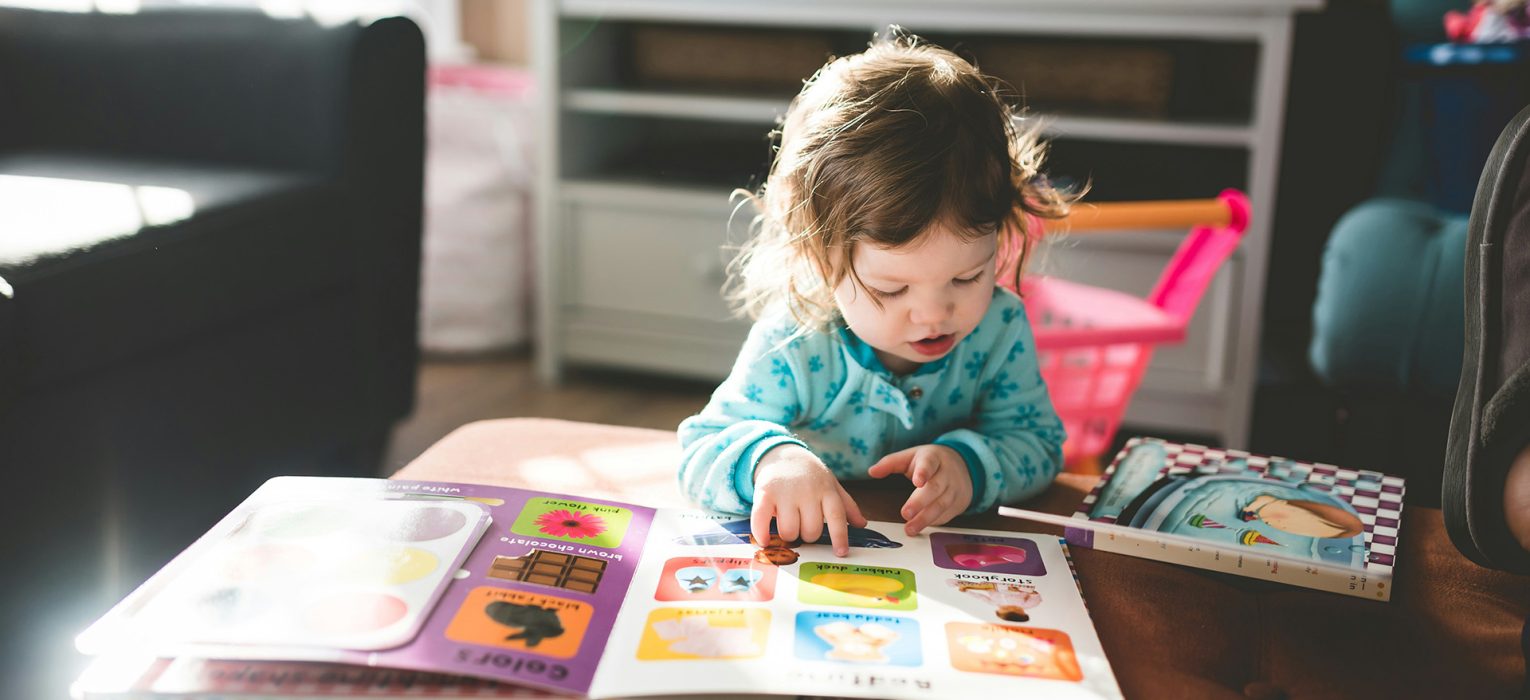Writers, editors, and publishers can better cater to young readers if they understand what children like to read.
Being so far removed from childhood, adults may find it difficult to know what children like to read. To create books that young readers will love, writers, editors, and publishers need to understand what types of books kids enjoy so that they can better meet the demands of the children’s publishing market.
THE RESEARCH
Margaret Shavlik, Jessie Raye Bauer, and Amy E. Booth conducted a study titled “Children’s Preference for Causal Information in Storybooks” to test the book preferences of preschool-age children. The researchers read each child a book with causal information, meaning the book contained “functional revelations or explanations regarding the why and how of the world” (1). These explanations included information about how objects, machines, animals, people, etc. work and function. Two weeks later, researchers read each child a book with very little causal information to each child, meaning the book contained “factual, but non-explanatory, descriptions” (3). These descriptions lacked information to help children understand how things work and function.
After the readings, researchers had the children rate how much they enjoyed each book, and they asked the children five comprehension questions about the books. Then, they had the children choose which of the books they preferred. The survey indicated that children’s reading comprehension was equal for both types of books. However, the results revealed that “young children do indeed prefer storybooks containing causally rich information to those containing minimally causal information” (5). Because researchers determined that reading comprehension was equal between books with more causal information and books with less causal information, they concluded that the children’s preference for causal information was based on their “motivation to acquire causally-relevant knowledge,” rather than their preference based on understanding (5).
“Young children do indeed prefer storybooks containing causally rich information to those containing minimally causal information.”
Shavlik, Bauer, Booth (2020)
THE IMPLICATIONS
Books that contain plenty of causal information help to satiate the overflowing curiosity that all young children experience. By understanding that children prefer books with information that teaches them how the world works, writers, editors, and publishers can strive to include more causal information in their storybooks, helping books appeal to young audiences and better meet the demands of the children’s publishing market.
To learn more about children’s book preferences, read the full article:
Shavlik, Margaret, Jessie Raye Bauer, and Amy E. Booth. 2020. “Children’s Preference for Causal Information in Storybooks.” Frontiers in Psychology 11 (April). https://doi.org/10.3389/fpsyg.2020.00666.
—Abby Andrus, Editing Research
FEATURE IMAGE BY STEPHEN ANDREWS
Find more research
To learn more about children’s reading habits, read Taryn Hervey’s Editing Research article “Is Fiction Fundamental? Trends of Children’s Reading Habits.”
Read more about what factors influence children’s book preferences in Katherina Danko-McGhee and Ruslan Slutsky’s (2011) article: “Judging a Book by Its Cover: Preschool Children’s Aesthetic Preferences for Picture Books.” International Journal of Education Through Art 7 (2): 171–85. https://doi.org/10.1386/eta.7.2.171_1.




